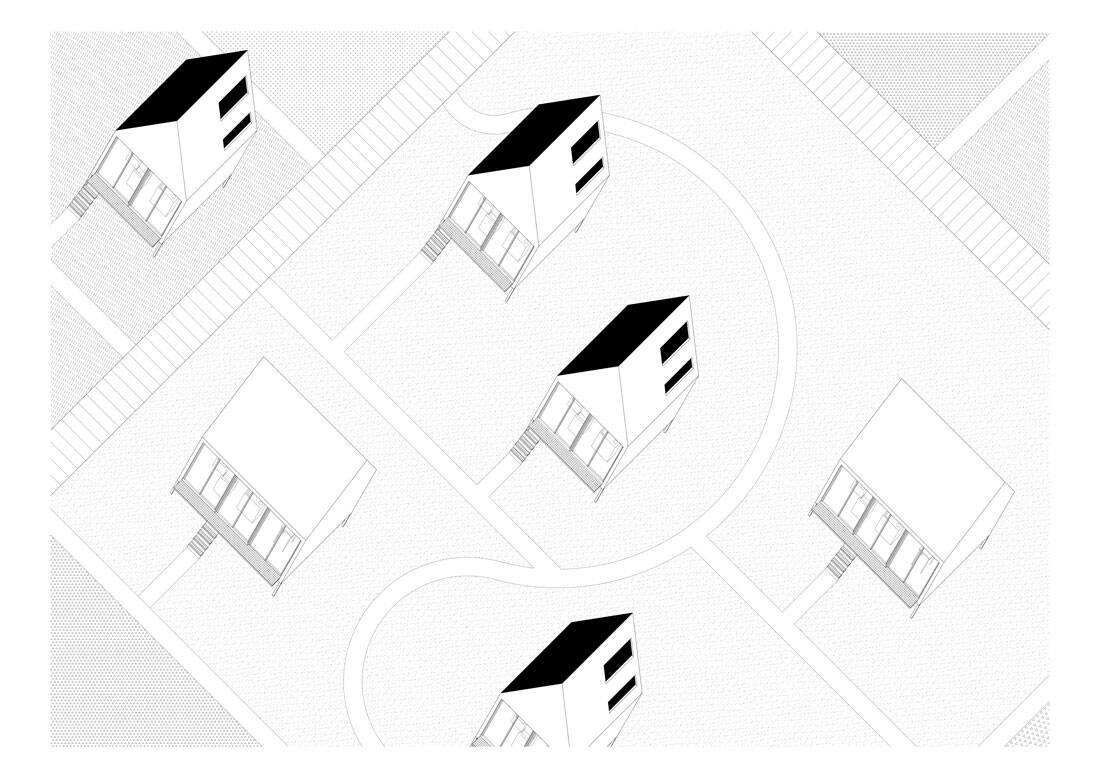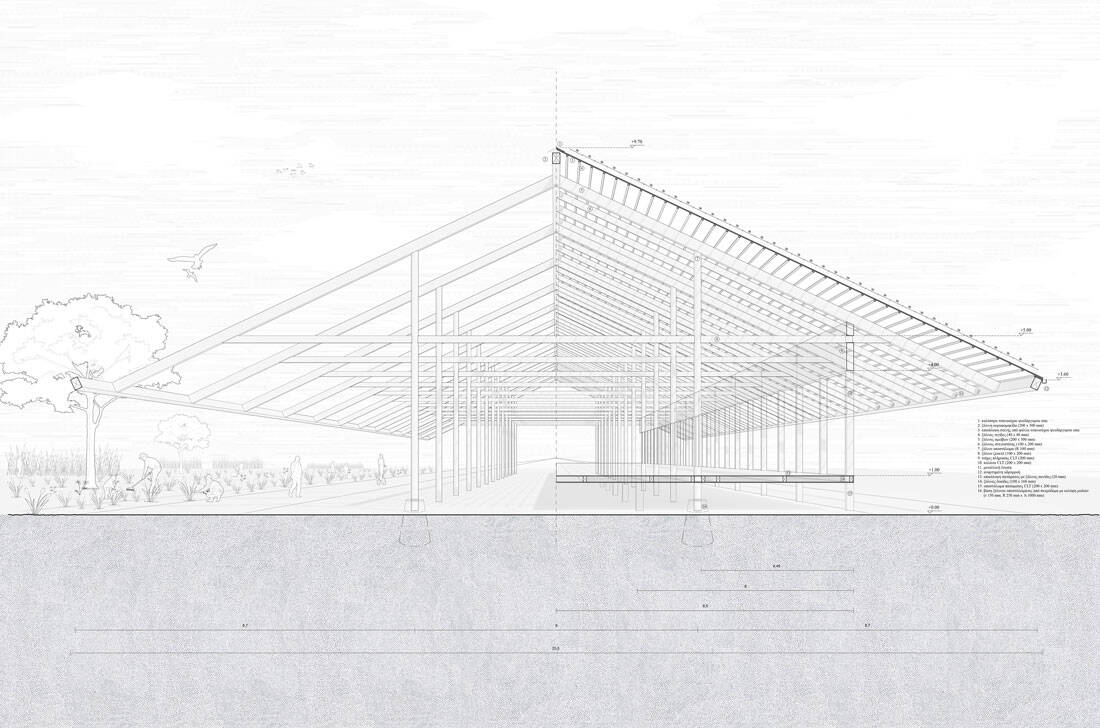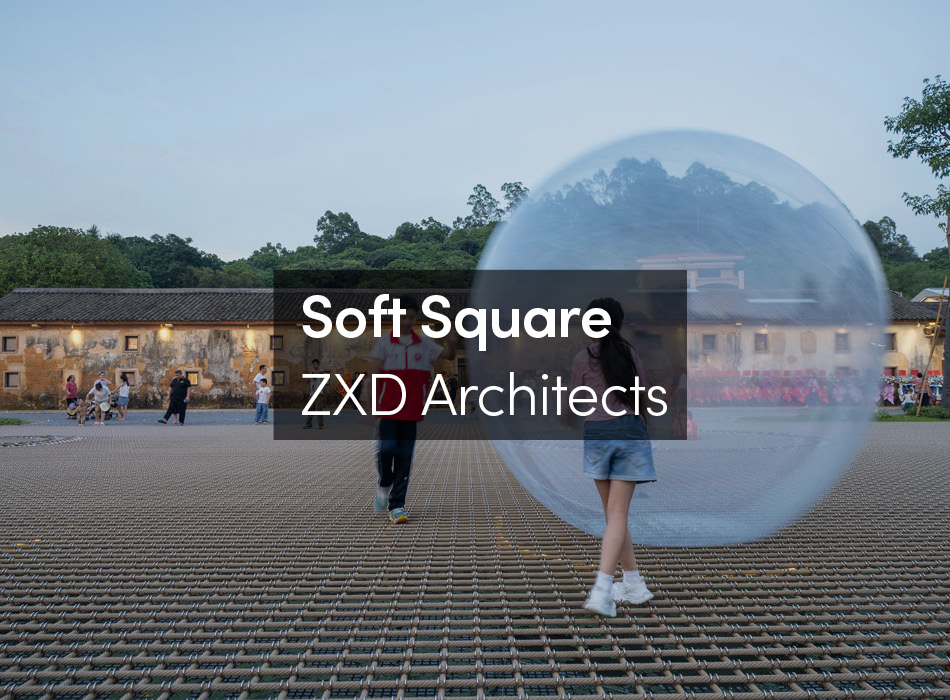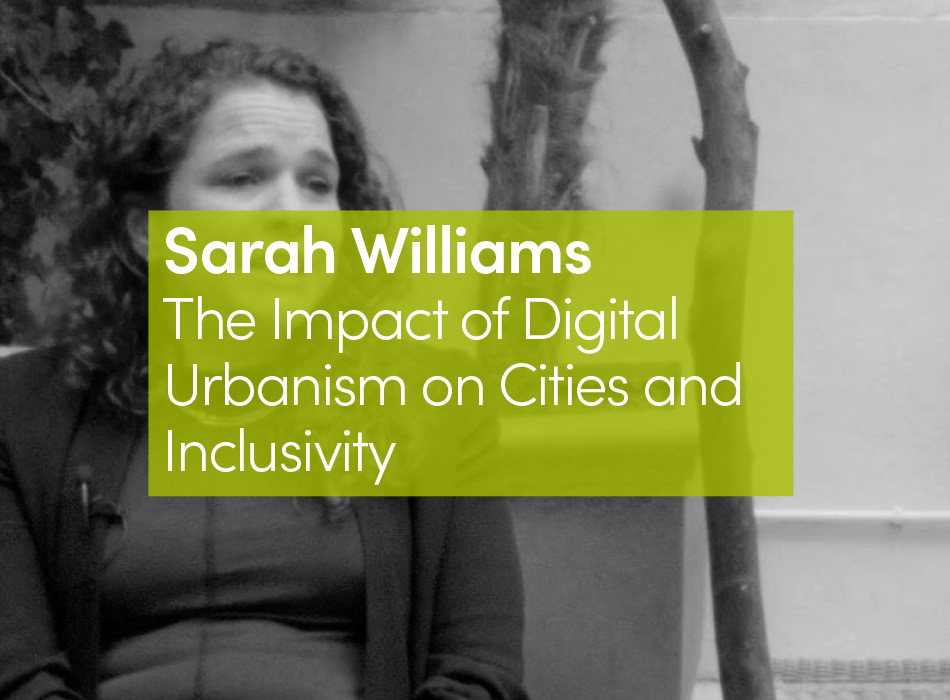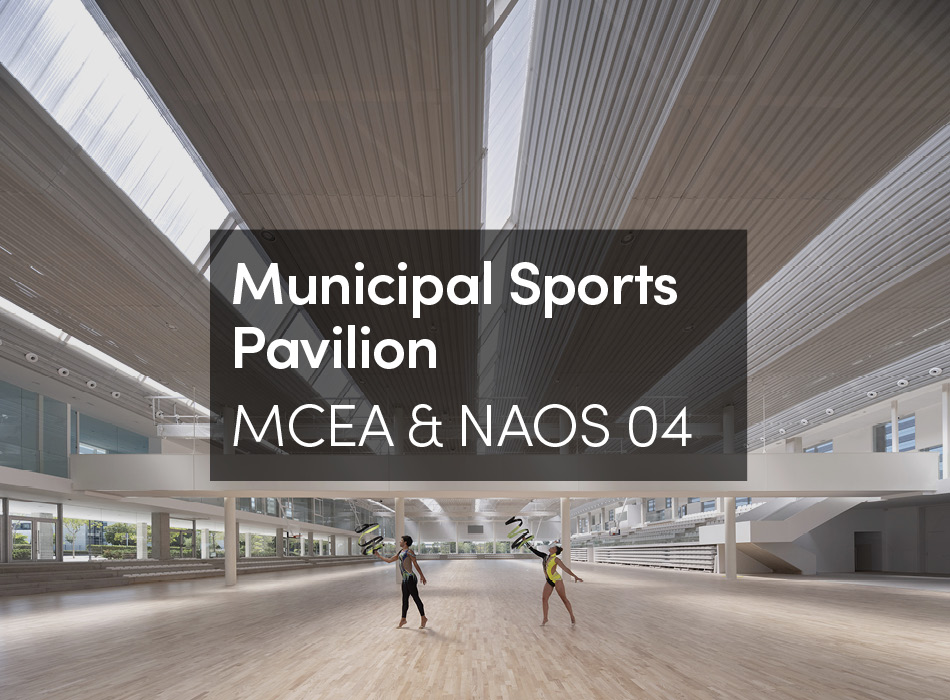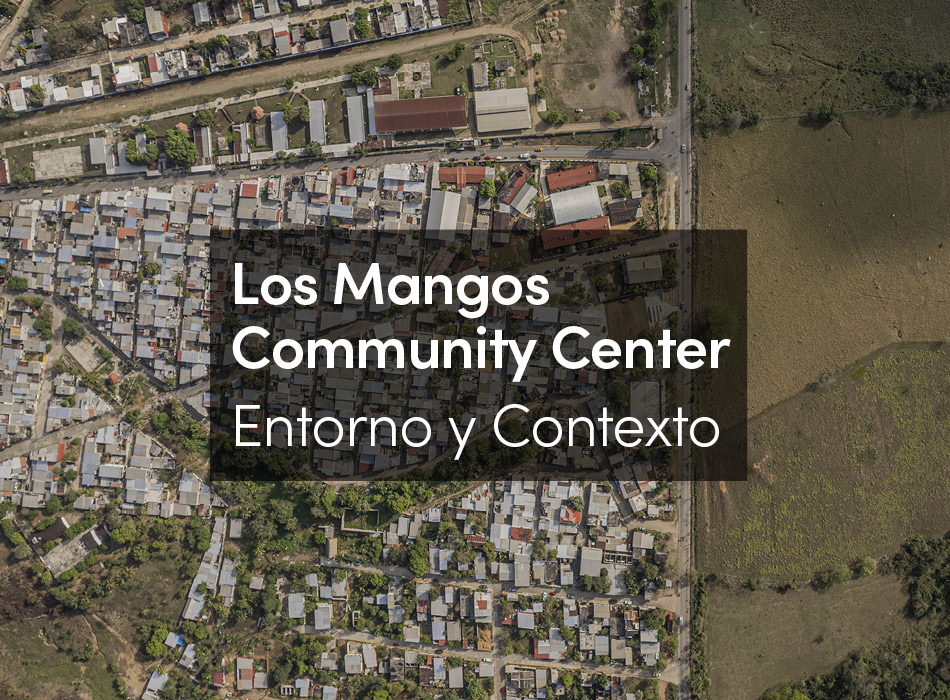The project investigates the redefinition and promotion of the Greek countryside. It studies new methods of cultivation and food production, while at the same time proposing the integration of new research and recreational uses, aiming to become a model for the development of a new generation of farms where production, research and recreation are in balance.
More specifically, the proposal transforms 50 hectares of agricultural land into an alternative agricultural typology organized as a living structure consisting of a sequence of spaces offering cultural and community facilities developed around farming and food production. Thus, it makes this new structure an active economic and social center forming a new model for the relationship between producers and consumers.
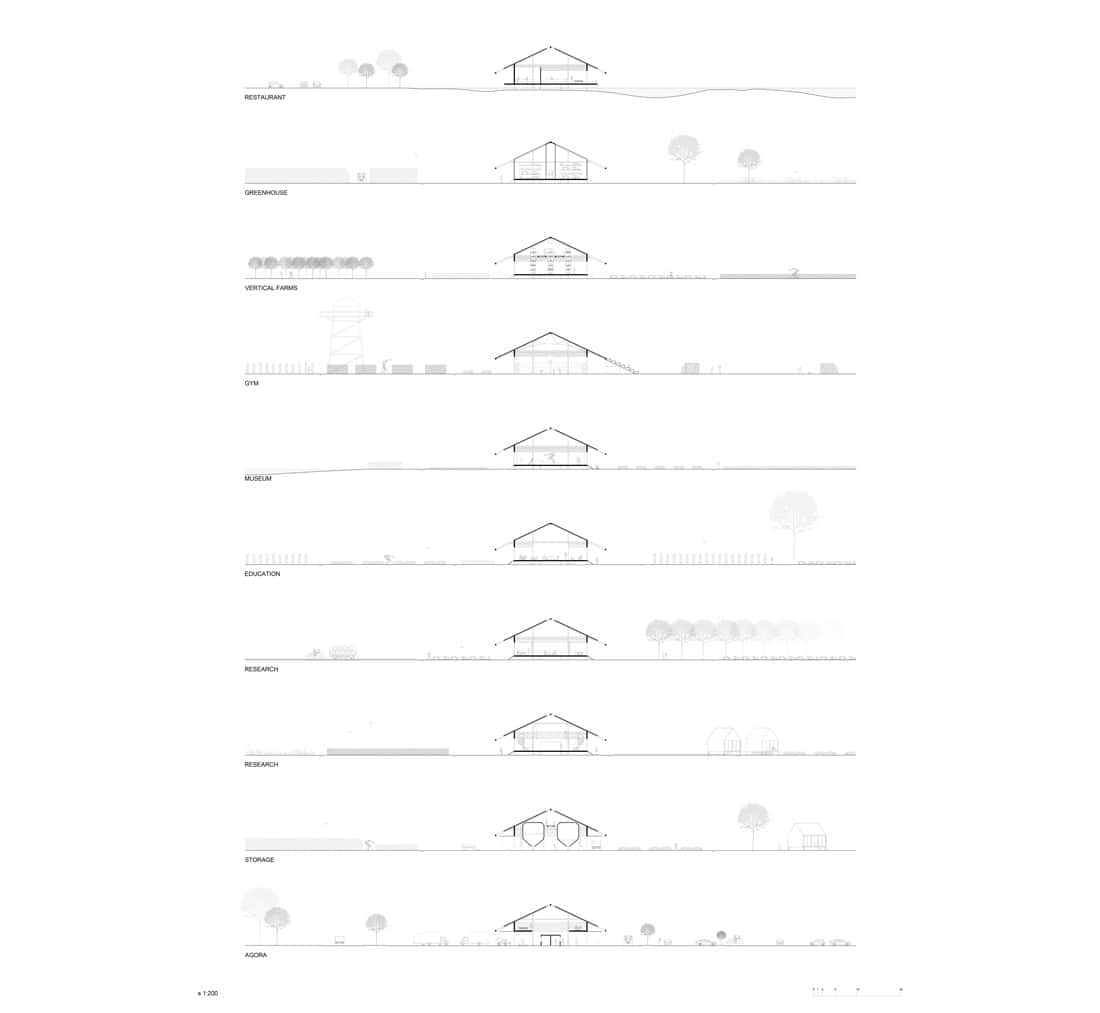 The project was developed after considering the existing situation and the area’s potential for both the local community and surrounding areas, as well as the wider metropolitan population, combined with the historical development and tradition of the site. Thus, the resulting program variety reflects the entire food chain: from research, education, cultivation and harvesting to storage, sale and consumption.
The project was developed after considering the existing situation and the area’s potential for both the local community and surrounding areas, as well as the wider metropolitan population, combined with the historical development and tradition of the site. Thus, the resulting program variety reflects the entire food chain: from research, education, cultivation and harvesting to storage, sale and consumption.
Architecturally, the proposal is based on the typology of the elongated pitched roof. This type was chosen because it can be found in the countryside at all scales, from huts and paddocks to large warehouses and industrial facilities, while at the same time it is an architectural typology easily adaptable to any use. Moreover, the wooden pitched roof is an archetype of a simple architecture that, together with its ecological character, embodies the social footprint of the proposal. At the same time, the choice allows for easy future expansion of the structure or even its transfer to a new plot, leaving the minimum possible footprint on the environment.
The roof is set within the existing fields along the main highways connecting the individual villages on the plain and runs parallel to them. In this way, an infrastructure network can be created to connect the scattered villages, serving both their inhabitants and the people crossing the plain. New experimental crops are created around the roof following the pixel cropping model: i.e. smaller fields with many different types of crops. Under the roof frame – which stretches along almost the entire length of the plot, acting as a link both conceptually and practically – the new uses are developed linearly, all integrated into the typology of a 17 x 100 m building, in keeping with the scale of the other facilities in the area.
The proposed new uses are divided into three categories: the research buildings, consisting of offices, laboratories and meeting rooms; the buildings for new farming methods (greenhouses, vertical farming and warehouses); and the public buildings (museum of agricultural innovation, workshops, restaurant and market). These successive layers construct a new landscape, both rural and urban, simple and complex at the same time, which announces its presence in the place but also blends into it, adopting the morphological vocabulary and the materials one finds there, attempting to redefine the Greek countryside.






